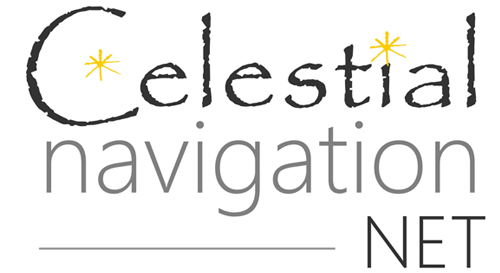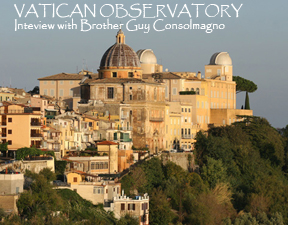Wayfinding
While the development of scientific navigation was proceeding in the West, the people of the South Pacific had been navigating with confidence over thousands of miles of nearly empty ocean using no compasses, charts, or sextants. They looked upon navigation not merely as a technique of getting from one island to another, but as a way – a combination of philosophy and religion, a way of life into which one was initiated. Navigators were held in as high esteem – or higher – than the leaders of the societies. They knew the sky the way we know the face of the people we love, even if parts were obscured.
Steering by the stars was more complex than some people have made it out to be. It wasn’t just (for example) “following the North Star,” but a very intricate system of starpaths that depended on the rising and setting of various stars, the knowledge of a of a 32-point star compass, a method of taking “back bearings” called fatanomuir (looking back over the stern to find the star under which an island has moved), a kind of “ranging” called fu taur or star channel (lining up a known feature with star point to make a night landfall through a reef channel) and much, much more. To become adept at this required many years of training, and not everyone reached the point of being a palu, or fully initiated navigator.
One who did said that the true navigator reaches a point where it is not that you go out in search of the island; instead, you point your boat in the right direction, and the island comes to you.
This is just the combination of knowledge, intuition, and discipline that appeals to your Webmistress.
Websites:
Traditional Navigation in the Western Pacific– from the University of Pennsylvania
Hokulea.com – Polynesian Voyaging Society – This is the best site on the web for this topic. It includes descriptions of the voyages of the Hokule’a, a reconstructed outrigger sailing canoe in which sailors recreate the ancient navigation techniques on long voyages.You could spend hours at this site. See the Wayfinding page which includes a bibliography on wayfinding and astronomy, how the wayfinders determine position east or west, the article Wayfinding: Modern Methods and Techniques of Non-Instrument Navigation, a Star Compass page, a page on the Celestial Sphere, and much, much more. See also their Curriculum Activities page.)
Navigation in the Information Age: History and Context – by C. Cogswell and U. Schiotz – the comparative history of western and Hawaiian mapping and views of space as they related to navigation.
The Wayfinders: A Pacific Odyssey – PBS’s website on their video of the same name, with resources, “Ask the Expert” page, and more. You can also buy the video here.
Imiloa Astronomy Center of Hawaii See especially their Wayfinding and Navigation pages.
Books:
- David Lewis’s We the Navigators: the Ancient Art of Landfinding in the Pacific – the classic study of Pacific navigation.
- Stephen Thomas’s The Last Navigator – very readable account of Stephen Thomas’s (of PBS’s This Old House) studies with great Pacific navigator Mau Piailug. Excellent.
- David Burch’s Emergency Navigation – the methods and techniques of navigating by ocean swells, birds, weather, the stars and sun without instruments, and much more, are covered, as well as navigating with different combinations of tools missing.
- Ben R. Finney’s Voyage of Rediscovery: A Cultural Odyssey through Polynesia.
- Sam Low’s Hawaiki Rising: Hokule’a, Nainoa Thompson, and the Hawaiian Renaissance.
Videos:
- The Wayfinders: A Pacific Odyssey
- The Navigators: Pathfinders of the Pacific – with Mau Piailug, the “Last Navigator.”
- Papa Mau: The Wayfinder – The Wayfinder documents the lasting legacy of Micronesian master navigator Mau Piailug, who revived the art of traditional voyaging and reawakened cultural pride throughout Polynesia.


